Learning to illustrate to communicate what we want may not be easy. But certain points can help you improve the process and therefore, the end result.
No doubt learning to illustrate is a skill that is strengthened with practice, so first of all, it is advisable to have a:
Sketchbook. All the most amazing illustrators have one or more sketchbooks and always carry one everywhere. This helps you to practice, to make quick sketches of ideas that occur to you anywhere and as part of the development of a specific project.
If you already have an idea or an illustration project that you want to start, then what you should do is:
Investigate the subject. Research absolutely everything you can about your idea or topic, watch movies, read articles or books and go outside for real references. All of this will help you learn to illustrate and enrich your project. And it will be noticed!
This research is going to start working in your brain, as an idea generator, so you must be attentive and have your sketchbook at hand so you can record everything you are going to generate.
And this will help you to the next important point:
Interpret the subject. Just as singers perform a song and make it their own, it’s your turn to think about what you want to say about the theme and how you will say it, this is very important if you want to learn to illustrate and improve each time. It is always good to make the work personal and say a little (or a lot) of your position before it.
The following advice is something super useful and what I resisted until I understood how much it served to do it:
You may be used to making 3 or 5 ideas of your illustration before doing it, but this point will take you further! It’s about sketches at a very basic level of about 20 or 25 ideas of the same illustration. And it is that the first ten, are similar to those that many other illustrators will do, from the idea 11, the truly original ideas come out and those you want for you, this tip is BASIC to learn to illustrate.
Evaldas Gulbinas is a European fine artist and tattooist. His fine art practice includes sculptures, paintings, digital media, mixed media, and installations. Gulbinas formalized his passion for art by joining National M.K. Ciurlionis Art School in Vilnius, Lithuania at the age of thirteen. He pursued his passion further and completed his foundation in Art and Design from West Thames College. He is one of the leading digital artists in the industry.


















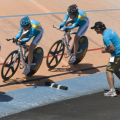

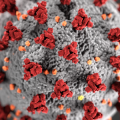


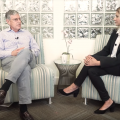



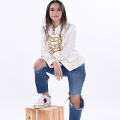
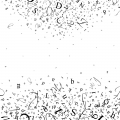

No Comments
Leave a comment Cancel